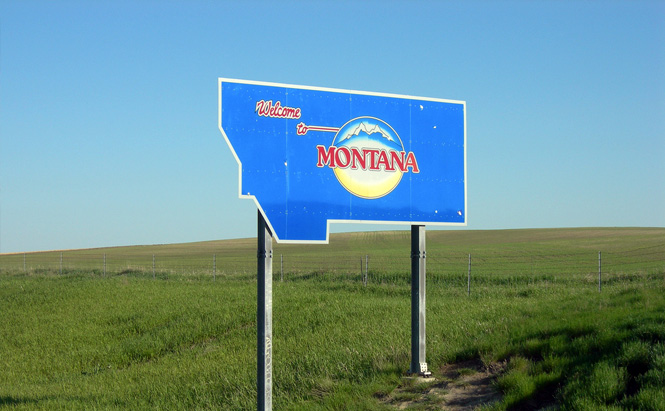Out west lies a massive state with a relatively low population – the big Sky State of Montana. With the population of Montana officially crossing over the 1 million person hurdle, you wouldn’t think there would be much of a fuss. After all, Montana has more senators than it does house representatives (by comparison, the county I live in is represented by two congressional representatives). Montana has a land mass of over 147,000 square miles, placing it fourth among US states between California and New Mexico and roughly the total land area of Japan, a country with almost 128 million people.
The state is, by all measures of the word, massive. It is also pretty low in density from most traditional measures.
How do we say what “Density” is?
But what is density? Textbook definition would say that it’s simply the amount of people who reside in a certain area. If we were to stick with that very narrow definition, there is little way would consider Montana dense in this day and age. New York City, for example, surpassed Montana’s current resident toll somewhere in the late 1870s. If you consider Brooklyn,that goes back to the late 1860s.
Montana looks even less dense when you throw it up side by side with other states. Despite being fourth in the nation for size, Montana is 48th interms of density.
Notice that 2.6 people per square kilometer as well? If Montana was a Canadien province, it would be only the 8th most dense province, between British Columbia and Manitoba.
Post civil war New York contained as many people as present day Montana. So why are the citizens telling new prospective buyers that Montana is full as NPR reports?
We’re full. It may not look like it, but we’re full.

By most Objective Standards, Montana is not Dense
Density is a funny thing. Even in Detroit, where 1/3 of all available land is vacant, the density is still much greater (3k/sqm vs 5k / sqm) that of Montana’s most populated city, Billings. But while density is a measurable number, it is also a feeling that people get from being there. Someone in Detroit may feel as though their city isn’t very dense at all, until they visit somewhere where things are much more spread out and there’s less people doing the spreading.
Density, is all about perception. It isn’t about population as much as it is how people interact with each other and what kind of life they want to lead. For many in Montana, the state is perfect the way it is: they see no need for additional people chewing up their resources or even worse: outsiders.
The University of Montana states that the number of seasonal homes grew 59% between 2000 and 2010, despite the downturn in the economy. Plentiful land, low property taxes, and the desire to get away from the hustle and bustle of their day to day lives has made Montana an attractive place for people to purchase a home away from home that they can visit a few times per year. It’s understandable that the people that moved there permanently to get away from busier life styles would be annoyed with seasonal residents who make a fuss about the way things are and upsetting the natural order of things. People don’t like their ways of life tampered with – especially if they are living in a state of being away from things.
Questions of density for Urban Planners
The lesson here is that density is what people say it is. By all accounts, a state with the land mass of Montana could accommodate all of these new residents (permanent or otherwise) without any difference in the lives of the locals. Realistically, we could set up vacation home communities way out in a remote part of the state and it would never affect the residents directly. But if that happened there would be worry about the state being overcome by vacation communities and the state would lose it’s unique flavor and allure that the residents cherish and love.
In local communities around the country, urban planners, planning commissions, city councils, ZBAs, and others question what density is needed to shape their communities. New developments, new zoning, and new looks at existing land areas lead planners to find that magic number: the amount of appropriate density between what a city can sustain and the direction it wants to take.
But there is a third consideration: what are the people who are currently living there thinking about the density you are proposing? Would they like to see a more bustling downtown with much more mixed use development and street activity? Or do they prefer to stay out of the way of fast paced live as possible, and consider lower density a main reason why they live where they do? Do they like their current density or are they in love with it? If the city wants a different density than the residents for some areas, how much room is there for compromise? If you could increase density in some areas and lower property taxes in others, would the citizens support your plan?
The questions are necessary for a myriad of reasons, from finding the right density to help a community move forward to ensuring that there is open dialog and trust between the city and the people. Communities are smarter when they are able to work together and find the best ways to move the community forward.
Too often, people get disconnected from the people that make their world. That’s why we have to stay connected to the chatter in the local pub, or what people are saying in the stands at high school football games. That is the tone of the populous, and it will help guide you as a planner.
It’s necessary: because even if on paper you are full of wide open spaces, the word on the street may be that capacity has already been reached.


